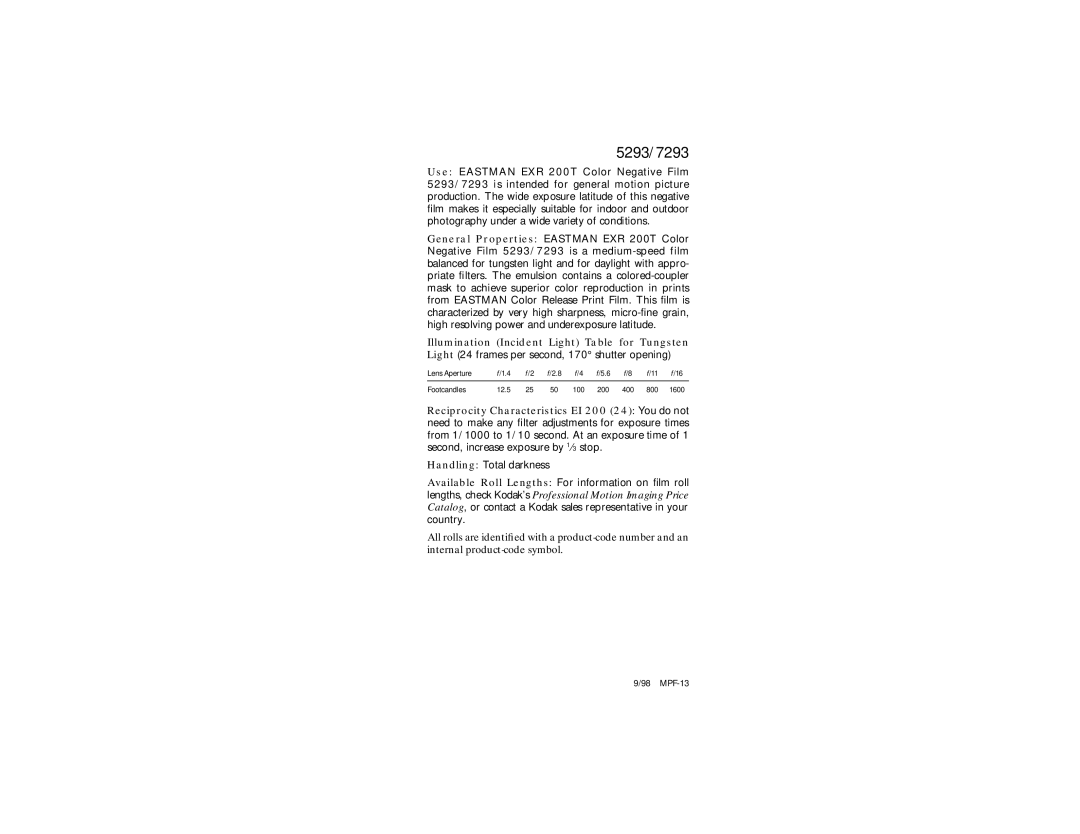ISBN 0-87985-749-8 specifications
Kodak, a name synonymous with photography, has undergone a tremendous evolution over its long history. The company is not just a pioneer in film and printing technologies but has also embraced the digital age with significant innovations.One of the prominent features of Kodak’s evolution is its dedication to imaging science, which has remained at the core of its business strategy. Kodak has developed a wide range of film types, including color negative film, color positive film, and black-and-white film, which cater to different photography needs. Each film type comes with unique characteristics designed to optimize image quality, color reproduction, and contrast.
Kodak’s commitment to innovation is evident in its development of digital technologies. The company was an early adopter of digital imaging techniques, launching its first digital camera in the early 1990s. This transition to digital photography focused on making the process more accessible for consumers while maintaining the quality and detail that Kodak is known for. The use of image sensors, such as CCD and CMOS, has allowed Kodak to capture high-resolution images that are rich in detail and color fidelity.
One of the standout technologies associated with Kodak is its printing technology, particularly the dye-sublimation printers. This technique produces high-quality prints by transferring dye onto materials like paper or plastic. Kodak’s printers are known for their rapid print speeds and excellent color reproduction, making them popular for both personal and professional use.
Additionally, Kodak has also made significant strides in the realm of image editing software and applications, which complement its hardware offerings. Programs like Kodak EasyShare and Kodak Gallery have allowed users to edit, organize, and share their photos seamlessly, further enhancing the user experience.
Another important characteristic of Kodak is its steadfast commitment to sustainability. The company has initiated various programs aimed at reducing environmental impact by promoting recycling and energy-efficient practices in its manufacturing processes.
In summary, Kodak’s legacy is a blend of heritage and innovation. From traditional film to cutting-edge digital imaging and sustainable practices, Kodak continues to hold a prominent place in the world of photography. Its technologies and products are a testament to its ability to adapt to changing times while remaining grounded in its core values of quality and consumer accessibility.
